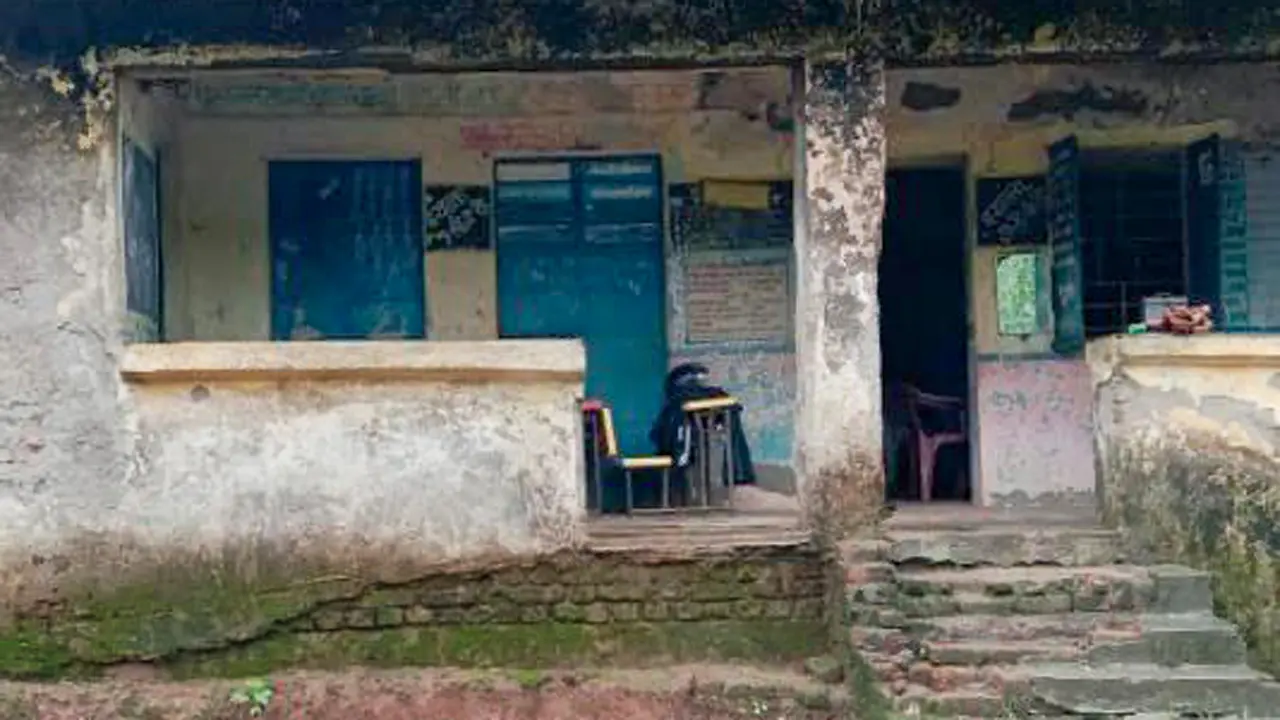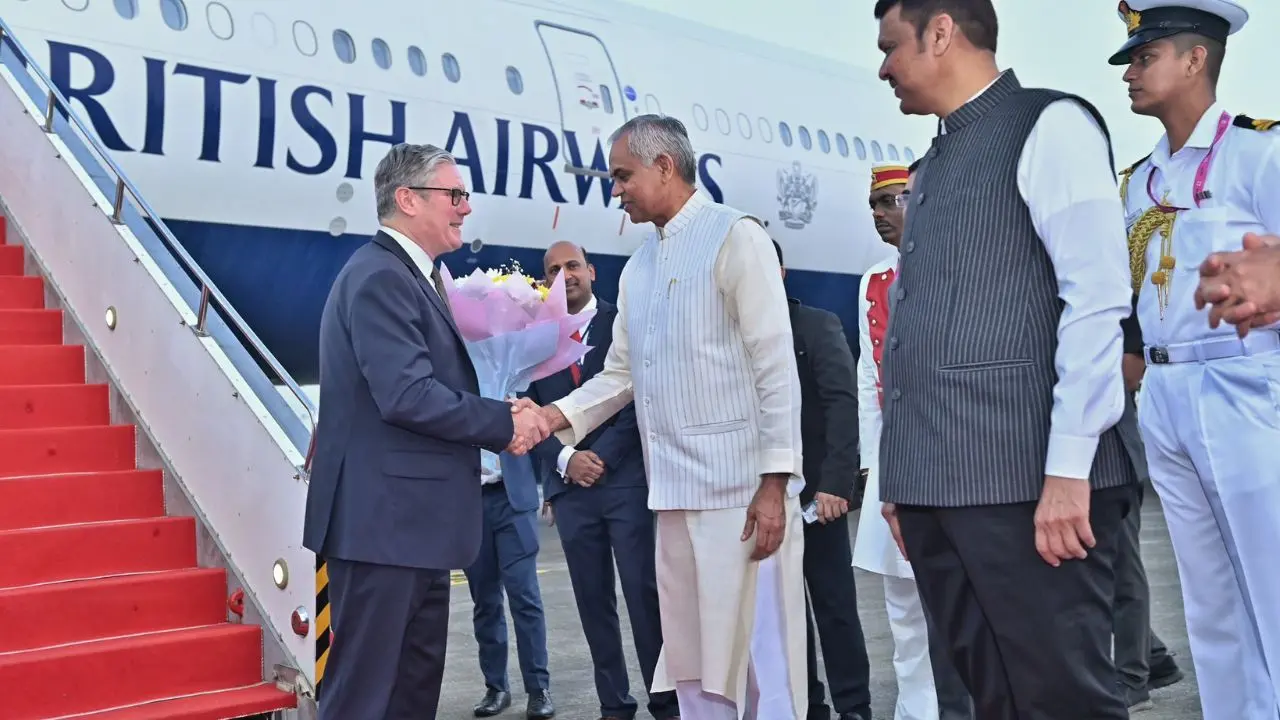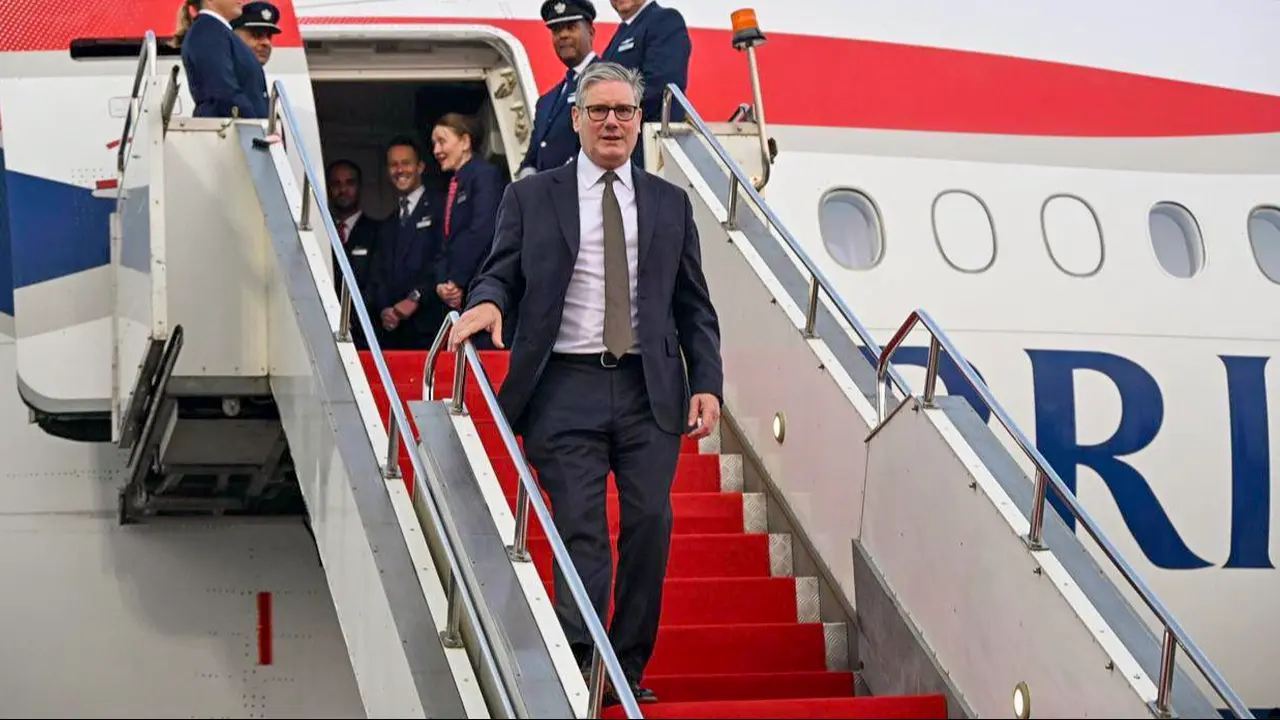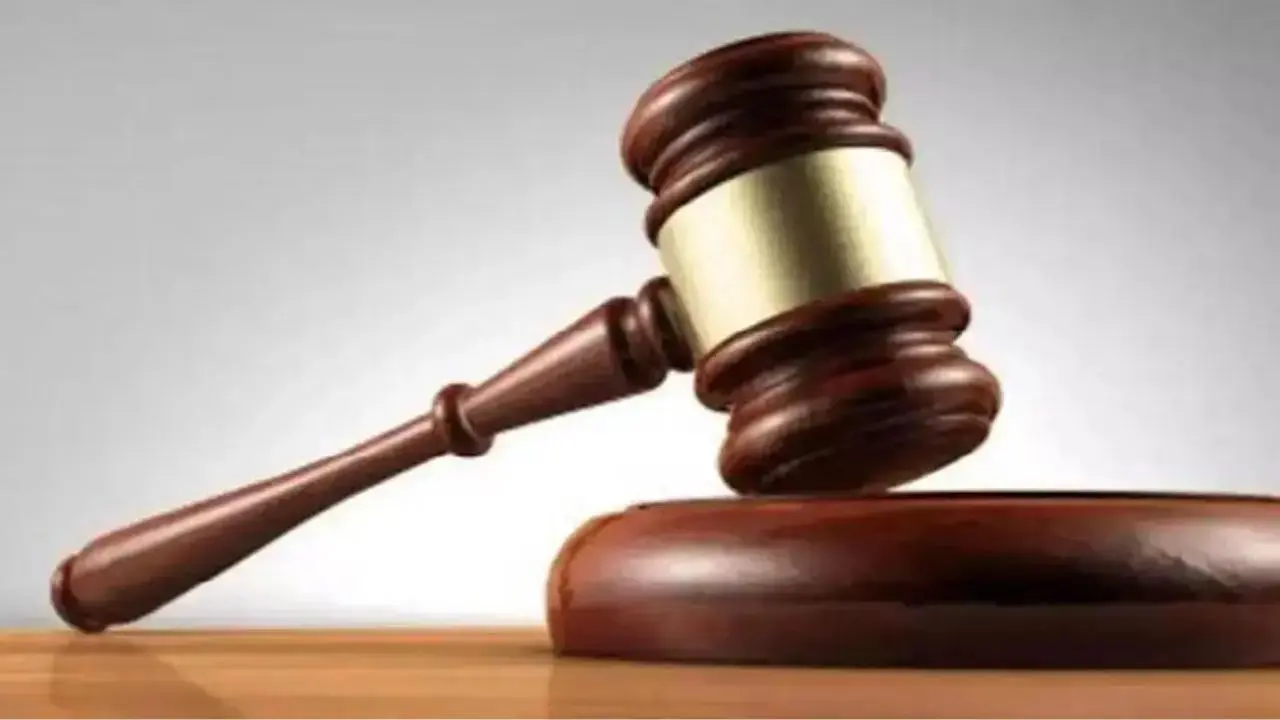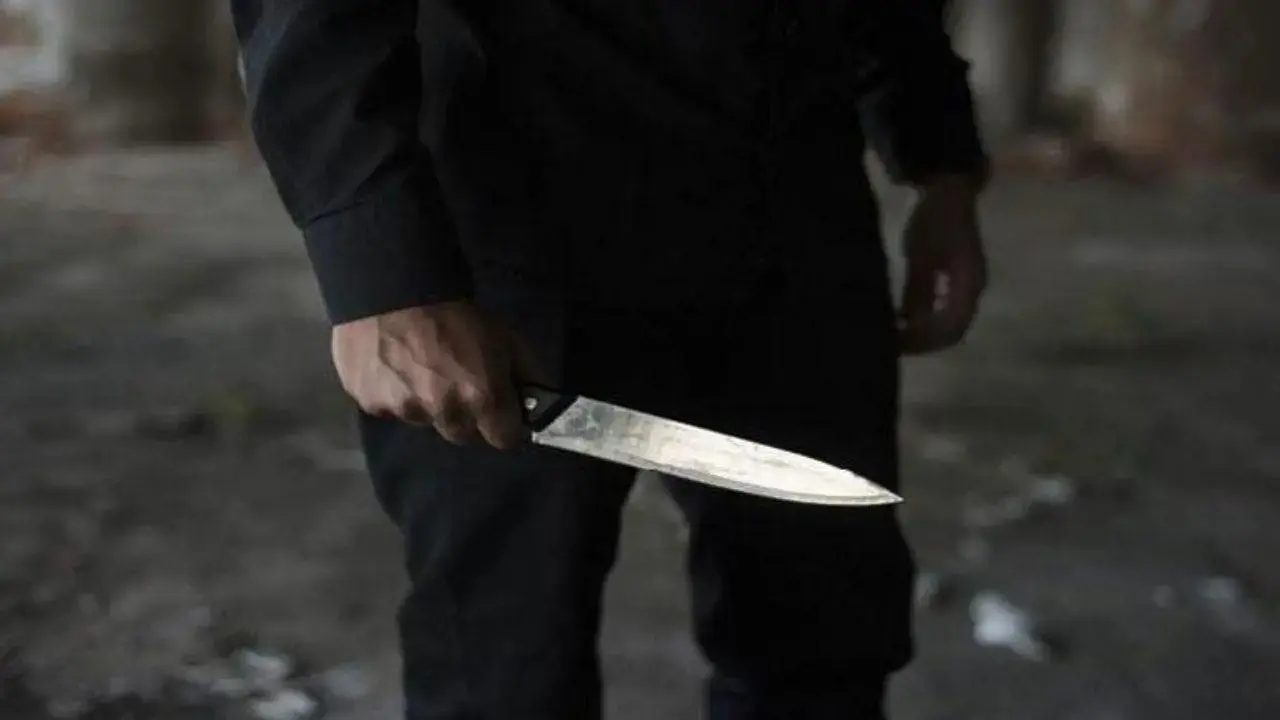In Palghar’s rain-lashed Mokhada taluka, nine-year-old Asha no longer sits under the cracked roof of her old classroom. Her relief mirrors that of hundreds of parents across Palghar district after the education department demolished 62 unsafe classrooms in 29 zilla parishad schools. With leaking roofs, falling plaster and walls lined with cracks, these classrooms had become death traps. Not a single student is now seated in a dangerous building, officials stated.
The order came after the then-chief executive officer inspected the schools on January 30, 2024, and directed that unsafe spaces be decommissioned. So far, classrooms in 21 schools have already been demolished, while in others, safe alternative arrangements have been made to ensure students do not face academic loss.
For parents like Meena Patil of Mokhada, the decision feels long overdue. “During the rains, water would pour through the roof. We were always afraid the ceiling might collapse on our children. At least now they are safe, even if the new arrangement is temporary,” she says. Teachers echo the same relief but admit fresh challenges.
“Managing students in crowded alternative spaces is difficult,” says a Zilla Parishad school teacher in Dahanu. “But safety must come first. We only hope reconstruction starts quickly.” The scale of the crisis stretches across the district: three schools in Dahanu, 14 in Palghar, four in Mokhada, three in Vasai, one in Wada and four in Vikramgad. And the problem runs deeper than these 62 classrooms. Officials estimate nearly 500 classrooms in Palghar require major repair or rebuilding.
Funding has been one of the biggest hurdles. A shortage of funds from the District Planning Committee has stalled the repair and rebuilding of unsafe classrooms, causing the number of dilapidated structures to grow. To tackle the crisis, the education department has sent proposals to the public works department for demolishing the most dangerous buildings. A blueprint for repair and reconstruction has already been drawn up, and officials say efforts are on to secure the required funds.
“We are working to secure funds so that children don’t have to study in makeshift conditions for long,” an official said. For many families in this largely rural and tribal belt, it is not just about walls and roofs, but dignity. “Every year, dangerous school buildings are flagged, and yet action is delayed. Our child’s right to safe education should not be ignored,” remarked an angry parent.
In several schools, temporary classrooms have been set up on the premises, ensuring that lessons continue without interruption. The solution may be makeshift, but it has brought parents a sense of relief, knowing their children are at least studying in safer conditions.







